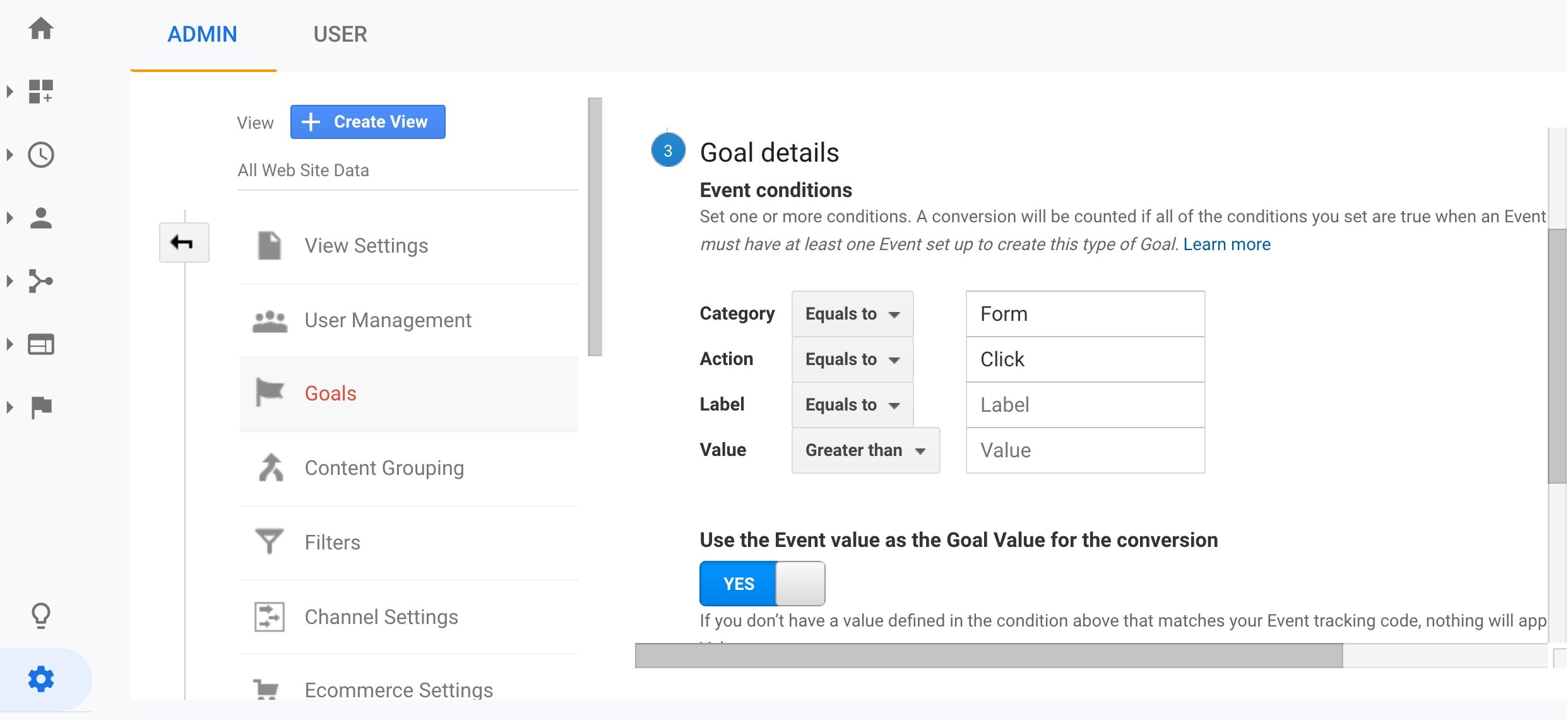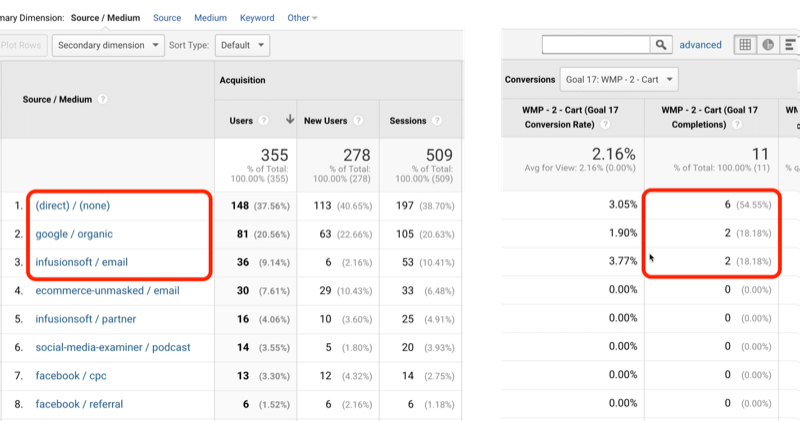Learn What Data Is Google Analytics Goals Unable to Track
Learn What Data Is Google Analytics Goals Unable to Track
Blog Article
Discover the Limitations of Google Analytics Goals: Unveiling the Information Types That Remain Untrackable
As businesses increasingly depend on data-driven decision-making, comprehending the restrictions of tools like Google Analytics becomes extremely important. While Google Analytics Goals offer useful insights right into individual interactions, there exist information kinds that elude monitoring, posing difficulties to a comprehensive understanding of customer behavior. These untrackable data kinds increase concerns about the precision and completeness of the analytics data that companies heavily trust for their electronic approaches. Curious to discover the surprise unseen areas in your information evaluation procedure?
Incomplete User Journey Tracking
Incomplete user trip tracking within Google Analytics can prevent the capability to precisely analyze individual actions. When the individual trip is not totally tracked, there are gaps in the data that prevent a detailed understanding of exactly how customers interact with a web site. This lack of understanding can bring about missed out on chances for optimization and renovations to the customer experience.
One usual concern with incomplete user journey monitoring is the lack of ability to see the full path that users take before completing a goal or leaving the website. Without this info, it is challenging to determine where customers might be coming across obstacles or friction points that avoid them from transforming. Additionally, insufficient monitoring can cover the effect of specific advertising efforts or website adjustments on customer actions.
To resolve this limitation, it is important to establish appropriate monitoring systems within Google Analytics to record the entire user journey. This might entail establishing occasion monitoring, goal funnels, or making use of tools like Google Tag Supervisor to make sure that no vital interactions go unrecorded. By gaining a comprehensive view of the user trip, internet site owners can make more enlightened decisions to improve individual engagement and drive conversions.
Attribution Challenges
Navigating via acknowledgment obstacles in Google Analytics calls for a detailed understanding of exactly how different touchpoints add to the overall conversion process. Acknowledgment challenges arise from the intricacy of contemporary customer trips, where customers interact with numerous networks before converting. Google Analytics offers different attribution models like initial touch, last touch, and direct, each offering a various viewpoint on exactly how credit rating is appointed to touchpoints along the conversion course. However, these versions might not constantly precisely show real influence of each touchpoint on the conversion.
One usual attribution obstacle is the problem in associating conversions to the appropriate resource, specifically in instances where users interact with numerous networks before transforming. In addition, cross-device monitoring positions an additional attribution difficulty, as customers commonly change in between gadgets during their journey, making it challenging to track their communications perfectly.
Offline Conversions
Offered the obstacles related to associating conversions accurately in online channels, the dimension of offline conversions presents a significant opportunity for marketers seeking a more thorough understanding of their customers' journey. Offline conversions refer to activities that customers take in the physical globe, such as making acquisitions in brick-and-mortar shops or over the phone, attending events, or involving with published products - what data is google analytics goals unable to track. These conversions are vital for companies that operate both online and offline, as they give important insights visit our website into the efficiency of marketing projects across various touchpoints
Tracking offline conversions generally positioned a considerable difficulty for marketing professionals, as it was challenging to attach these actions back to certain on-line communications properly. Nevertheless, with developments in technology, such as the integration of CRM systems, one-of-a-kind identifiers, and voucher codes, companies can currently bridge the gap between online and offline data to acquire an extra alternative sight of client behavior. By effectively gauging offline conversions, marketing professionals can maximize their strategies, designate sources more efficiently, and ultimately boost the general customer experience.
Cross-Device Monitoring
Cross-device tracking plays an important role in recognizing the interconnected nature of consumers' electronic communications across several devices. In today's omnichannel world, where customers seamlessly switch in between desktop computers, tablets, and smartphones, tracking their behavior throughout these gadgets is crucial for online marketers to get a thorough sight of their client trip.

Moreover, privacy worries and laws such as GDPR and CCPA have further complicated cross-device tracking. With customers demanding even more control over their information and increased restrictions on monitoring modern technologies, marketing experts must locate innovative and privacy-compliant means to attach customer communications throughout tools.
Dynamic Material Involvement
Recognizing user engagement with dynamic web content is pivotal in optimizing electronic marketing strategies for enhanced audience interaction. Dynamic web content describes internet site elements that transform based on individual habits, preferences, or various other variables, offering a personalized experience. Nevertheless, tracking customer communications with vibrant web content poses challenges for standard analytics tools like Google Analytics.
While Google Analytics can track basic interactions like clicks and page sights, it might have a hard time to catch even more nuanced engagements within look at more info dynamic material. what data is google analytics goals unable to track. Metrics such as time spent on certain dynamic elements, float actions, or interactions within pop-ups are often not conveniently measurable making use of conventional monitoring techniques. This constraint impedes marketing professionals' ability to fully realize exactly how customers are involving with vibrant material and tailor their approaches as necessary

Conclusion
In final thought, Google Analytics goals have constraints in tracking insufficient individual trips, connecting conversions accurately, catching offline conversions, tracking cross-device interactions, and determining vibrant material engagement. These restraints highlight the importance of exploring added monitoring approaches and devices to gain an extra comprehensive understanding of customer behavior and conversions beyond what Google Analytics can give.
While Google Analytics Goals offer valuable insights into customer communications, there exist information kinds that avoid monitoring, posing obstacles to a comprehensive understanding of individual actions.Incomplete user trip tracking within Google Analytics can impede the ability to precisely analyze user habits. When the customer trip is not totally tracked, there are voids in the information that protect against a comprehensive understanding of just how customers communicate with a web site.One common problem with incomplete individual trip tracking is the lack of ability to see the full path that customers take before completing a goal or leaving the site. By obtaining a detailed view of the user helpful hints trip, website owners can make more educated decisions to enhance individual involvement and drive conversions.
Report this page